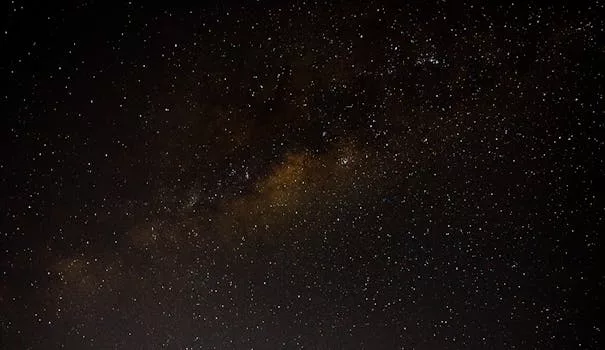
“
Beyond the Milky Way: Imagining New Worlds and Possibilities
Introduction to the Cosmos
Beyond the Milky Way: Imagining New Worlds and Possibilities has always fascinated humans, from the ancient civilizations to modern-day space agencies. The mysteries of the universe have captivated our imagination, inspiring countless scientists, philosophers, and explorers to venture into the unknown. As we continue to push the boundaries of space exploration, we are forced to confront the ultimate question: what lies beyond our galaxy?
Understanding the Milky Way
The Milky Way is our home galaxy, a barred spiral galaxy that contains hundreds of billions of stars, stellar remnants, interstellar gas, dust, and dark matter. It is estimated to be about 100,000 light-years in diameter and is thought to contain between 200 and 400 billion stars. The Milky Way is just one of the billions of galaxies in the observable universe, and its study has revealed a wealth of information about the formation and evolution of galaxies. To learn more about the vastness of our universe, check out The Infinite Universe of Imagination: Beyond Celestial Boundaries.
Exploring New Worlds
As we explore the universe, we are discovering new worlds and celestial bodies that challenge our understanding of the cosmos. From exoplanets to dwarf planets, the possibilities for life beyond our solar system are endless. The discovery of exoplanets, planets that orbit stars other than the Sun, has opened up new avenues for the search for life beyond our solar system. With the help of advanced telescopes and spacecraft, we are able to study these exoplanets in unprecedented detail, searching for signs of life and habitability. For more insights on exploring new realms, read Charting New Realms: The Journey of Imagination Beyond the Stars.
Imagining the Possibilities
As we venture further into the unknown, we are forced to imagine the possibilities of what lies beyond our galaxy. From the possibility of intelligent life to the existence of parallel universes, the cosmos is full of mysteries waiting to be unraveled. The search for extraterrestrial life is an active area of research, with scientists using a variety of methods to search for signs of life, such as the detection of biosignatures in the atmospheres of exoplanets. The possibility of parallel universes, also known as the multiverse hypothesis, suggests that our universe is just one of many universes that exist in a vast multidimensional space. Explore more about this concept in Soaring Through the Cosmos: The Power of Imagination Beyond the Stars.
Conclusion and Takeaways
In conclusion, the exploration of the universe beyond the Milky Way is a complex and fascinating topic that continues to captivate our imagination. As we push the boundaries of space exploration, we are forced to confront the ultimate question: what lies beyond our galaxy? The possibilities are endless, and the search for answers will continue to drive human curiosity and innovation. Some key takeaways from this article include:
- The Milky Way is just one of the billions of galaxies in the observable universe.
- The discovery of exoplanets has opened up new avenues for the search for life beyond our solar system.
- The search for extraterrestrial life is an active area of research, with scientists using a variety of methods to search for signs of life.
- The possibility of parallel universes, also known as the multiverse hypothesis, suggests that our universe is just one of many universes that exist in a vast multidimensional space.



